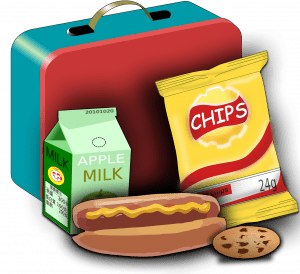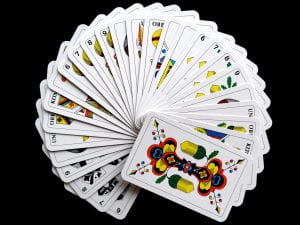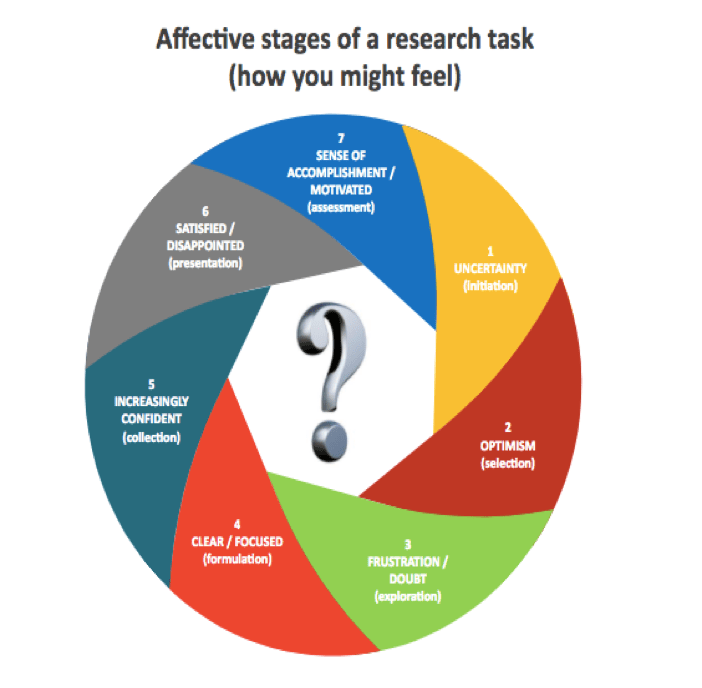
eslfuntaiwan / Pixabay
Lunchtime in`my school library is always an interesting event. We have 1500 students from years 7-12 on a single co-educational campus. On some days, we would easily see 500-600 bodies wander through our doors. Most lunchtimes we average about 120-150 students per day but on busy days, the numbers peak at around 220 during the lunch rush. We obviously host various members of the whole school community but the main people that find joy in the library include, our senior students; lunchtime minecrafters, gamers and social misfits.
Our library is a haven for many of our students. They seem to find refuge within our walls. Our biggest clientele are our seniors; who have the freedom to wander to the local shops, cafes and parklands but somehow prefer to be sprawled across the beanbags retellíng fart jokes (or worse) or playing Uno or Chess in their study area. I’d like to say they were coming as they love my company, but I’d be lying. What they do love is our temperature controlled climate, our beanbag zone and free wifi. Whilst some of our seniors do study in their frees/study lines; most of them tend to play on their phones and or watch videos on their devices. We used to rouse on them… reminding them that study lines were for study. But then we realised that the reasons our seniors visited us was that they felt safe and happy here; and not because they wanted to use the resources. For these students – the library was a source of wellbeing.
Another demographic that truly enjoys the library are our little minecrafters. These little year 7 & 8 boys (mostly, with the odd girl) race to the library before school, recess and lunchtime EVERYDAY to play minecraft. They get so excited when they line up outside our cyber room. I tend to walk VERRRYYY slowly up to them drawling my Hellos and social chatter. Their impatience is palpable. You can see their little shoulders rising and hands itching to log on. So I stop, ask them about their day, query the state of the weather or some small talk; only to have one of them finally ask;
“Miss! Can you please just open the door and then talk?”.
“OF COURSE boys!! Silly me… just jabbering on like a turkey on thanksgiving. Have… “
“Miss!! The door!!”
Then I open the door and in whoooooooooooooooosh go all the boys (and odd girl). They speedily log on and start to build stuff and kill each other (online only) in Minecraft world. The happiness in that room is patently visible and a better beacon of hope than any Patronus that Harry could ever make.
I have a very astute department head that saw a need for a wellbeing space within our school and set up a section of the library to fill the emotional buckets of our students. We currently own about 10 different types of board games, 10 packs of uno cards and another 10 packs of playing cards. Well we start every semester with those numbers…. They do get lost, misplaced… go on walkabout, etc … BUT, our games are so popular that they fly off the shelves as the kids bolt in at the start of lunch. The seniors tend to take most or all the UNO cards, till I discovered some year 8 girls were hiding sets under a shelving unit between lunch breaks to get ahead.

SNAP! 422737 / Pixabay
SHHEESSH that was sneaky… admirable.. Yet sneaky… well done girls!
Our board games range from the classics such as battleship, scrabble and chess to other games like dungeons and dragons, connect 4 and backgammon. We have now added a puzzle corner (a 5000 piece work in process, that i think may amuse the staff more than the students) and a box of lego for our sensory kids.
As I sat at my desk last Friday afternoon after school, I watched my usual suspects lounge around the beanbags. A great sense of protectiveness rose from me about their welfare. I know Tom# is having a rough time at school as he has argued with his mates. I know James# is exhausted from footy training 3x week and is barely keeping up at school (he naps in the cushions most afternoons and I have to wake him up when I close the library up). I know Alice# is unhappy about having to move interstate next semester; Ethan# is angry that he didn’t get picked for the football team; Sophie# broke up with the boyfriend; Andrew’s# anti depressants are wearing off; and Gina# is not getting along with her mum. I also know that Steve# drinks too many energy drinks and Miki# has fallen in love with another idiot boyfriend.

sweetlouise / Pixabay
For some of our students, the library staff are the ones that see them the most frequently. I know with my usual crew, I see them before school, recess, lunch and after school. Then you can add the number of free periods they spend in the library plus the classes they play truant for whilst they spend time within our walls. This means, that it is highly likely that we are the most frequently seen adults in their life after their parents. And for many of our students who have busy households; I may just be the adult that they see the most often.

Graehawk / Pixabay
Libraries are a place where you can find and use information. They are also a place of recreation and wellbeing. A school library is a place where students should be able to read, study, learn, recreate and relax. My department head said that there are four fundamental aspects to being a school teacher librarian. The first is Research – which is understandable as TL are information specialists. The second is Resources – obviously as libraries have collections. Collaboration is the third pillar. TL need to collaborate with their colleagues to ensure that teaching and learning continues to thrive. And lastly, Wellbeing. Libraries are a place of wellbeing for students. Besides providing resources for learning, we also need to provide resources to improve student wellbeing. Think of Maslow’s hierarchy of needs…. Unless we address the needs of students to feel like they belong to a community, then we cannot expect them to reach self actualisation.
So when the little darlings are bumming around in the library telling another ‘fart joke’ that obviously isn’t funny to my middle aged brain, I take a deep breath. I certainly do not want them to feel like they cannot come back to their safe place. I don’t want to rouse on these kids if they like to chill in the library, sprawled across the beanbags like giant squid. So instead of getting cranky when I hear bad jokes or when they play battleship, I only tell them to quieten down so they don’t disturb others. The thing is that I only cranky if I can HEAR them play the game. Afterall, what I cannot see nor hear, I can’t get upset with 😉
#student names have been changed.


